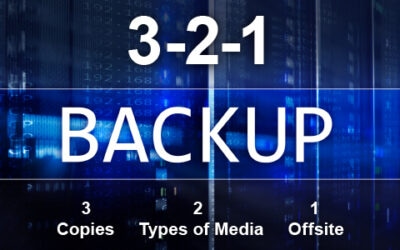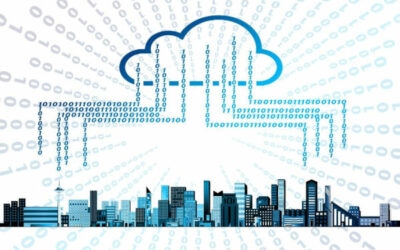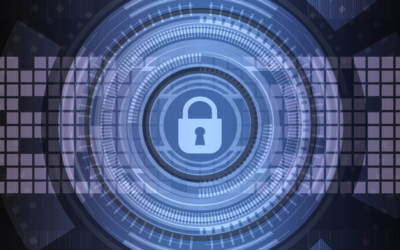Can you restore what you need to, right now?
Many companies have workloads in many places and in many forms. Split amongst virtual and physical, on-premises and cloud or multi-cloud, priority for these systems is keeping them running and available. Years ago, the “P2V conversion movement” dealt with transitioning aging physical servers into their new homes as virtual machines. This solved a number of problems, mostly hardware that was old, no longer supported, out of warranty, or simply “could not be turned off” for application reasons.
Fast forward many years, and the issue still lives. Industries, and customers, demand availability, no matter what the source. The question now becomes one of keeping things running no matter where they exist, specifically when you need to restore the system for some reason.
Can Veeam back up physical servers?
Veeam® Software, a leader in Cloud Data Management, and the pioneers of instant virtual machine recovery, provides the recovery solutions you need. Veeam started as a virtual-only solution but began offering agents for physical servers in 2017. Veeam has been able to restore any Veeam agent-based Windows into Hyper-V for a time now, but with Veeam Backup & Replication v10 released in February of this year, any Veeam-based backup of a workload can be restored as a VMware vSphere virtual machine. According to Veeam’s documentation, this includes:
- Backups of VMware vSphere virtual machines created with Veeam Backup & Replication
- Backups of vCloud Director virtual machines created with Veeam Backup & Replication
- Backups of Microsoft Hyper-V virtual machines created with Veeam Backup & Replication
- Backups of virtual and physical machines created with Veeam Agent for Microsoft Windows or Veeam Agent for Linux
- Backups of Nutanix AHV virtual machines created with Veeam Backup for Nutanix AHV
- Backups of Amazon EC2 instances created with Veeam Backup for AWS
- Backups of Microsoft Azure virtual machines created with Veeam Backup for Microsoft Azure
This solution utilizes Instant VM Recovery and a new instance of that system or workload can be up and running in a vSphere environment in minutes or even seconds, allowing you to P2V or even V2V systems easily and without additional hardware or cost, assuming you have a vSphere environment with sufficient resources available.
For Global Data Vault, this provides additional disaster recovery options and flexibility to benefit our customers.
More DRaaS & BaaS Articles
The 3-2-1 Backup Rule – Back to Basics
What exactly is the 3-2-1 backup rule? The 3-2-1 rule is a strategy for data protection, specifically for backups, that ensures you will always have a “good” copy of your data. It has been around and in use for many years, but it is good to review basic best practices...
The Importance of a Data Retention Policy and Scheduled Backups
Data is THE foundation of every business in some form. Protecting that data is key to maintaining operations, being compliant with laws and regulations, or simply making efficient use of resources long-term. Depending on the type of business and data you have,...
Cybersecurity Guide for Cloud Data Management
When considering security for information technology resources and systems, companies face many challenges. Not only must companies protect edge-facing (those that provide access to networks outside of an internal network) and core-facing infrastructure technologies,...
Business Continuity and Disaster Recovery
With many businesses, there’s a natural lull in activity during predictable times of the year. Many companies slow down toward the end of the year, or as budget and sales cycles turn over. This is usually the time when the focus shifts to the less urgent tasks, such...




0 Comments